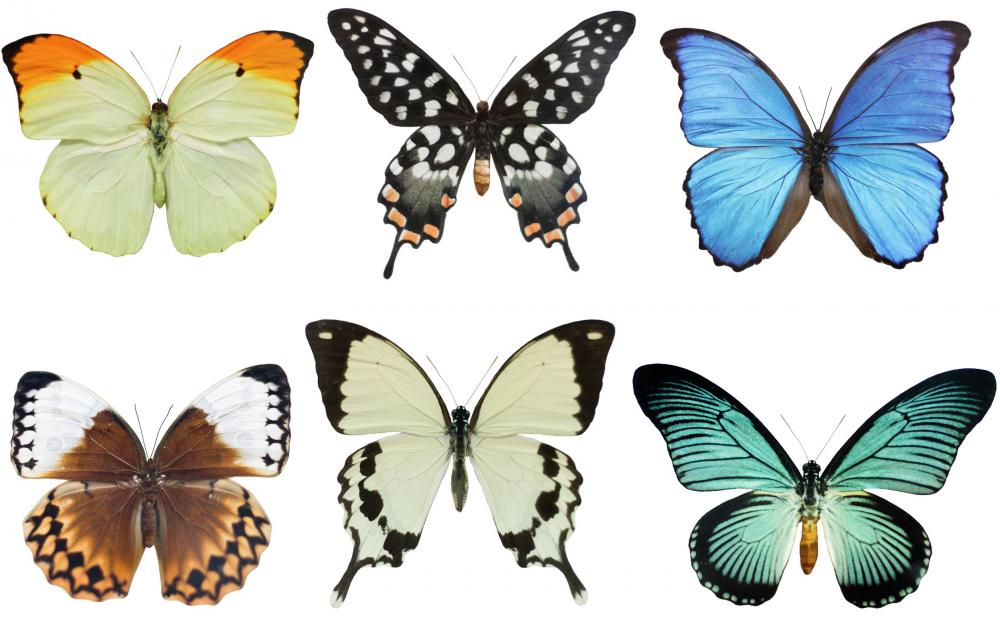At HomeQuestionsAnswered, we're committed to delivering accurate, trustworthy information. Our expert-authored content is rigorously fact-checked and sourced from credible authorities. Discover how we uphold the highest standards in providing you with reliable knowledge.
What is a Cape Chestnut?
The cape chestnut is a native African tree that is now cultivated worldwide. Known for its beautiful bloom of lilac flowers, the tree is not actually a member of the chestnut family at all. It was named for its resemblance to the horse chestnut, a common European tree. Cape chestnuts are a dramatic and beautiful tree that provide nearly year-round shade when fully mature.
Officially named Calodendrum capense, the cape chestnut's common moniker came from the site of original study, near Cape Town in South Africa. In its native land, the tree has a wide range, spreading northward through Zimbabwe, Tanzania, and Kenya. It generally prefers forest or even tropical settings, as the tree requires a moderate amount of moisture and does not like sandy soil.

The height of the tree may depend on its location; in dense forests the cape chestnut may grow only to about 23 ft (7 m) but stand-alone trees may reach 65 ft (20 m). Its bark is gray-brown, and most trees have a large central trunk. The canopy spreads out, umbrella-like, and is usually densely covered with wide green leaves. In some parts of the world, the tree stays green year-round, but in inland regions the leaves of the cape chestnut turn green in autumn.

The most defining feature of the cape chestnut is its beautiful flower. Lilac or pink, these lovely blooms are five-petaled and grow in thick clusters, often keeping the tree in bloom for several months. The flowers provide nectar to nearby butterflies, while other animals, such as birds and monkeys, eat the seed pods of the cape chestnut.
Cape chestnut trees are known for their versatile wood, a pale-colored hardwood that stands up well to working. It is used in furniture making as well as for many other wooden products, such as oxen harnesses and shovels. The seeds are also used to make a highly prized cosmetic product known as yangu oil. This high-fat oil is used in many beauty products, such as face and body moisturizer, shampoo, and conditioning treatments.

Growing a cape chestnut is relatively easy, given a temperate or warm climate. It requires full sun in order to flourish, and likes compost soil that retains moisture. The tree can tolerate some drought, but is unlikely to bloom or grow in dry conditions. The tree will grow from seeds or from cuttings from another cape chestnut, though may take careful tending until maturity. Blossoms appear between the fifth and tenth year in a healthy tree.
AS FEATURED ON:
AS FEATURED ON:













Discuss this Article
Post your comments